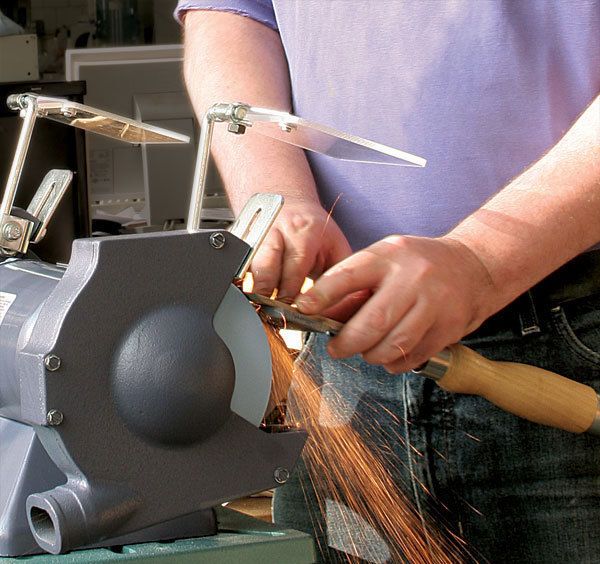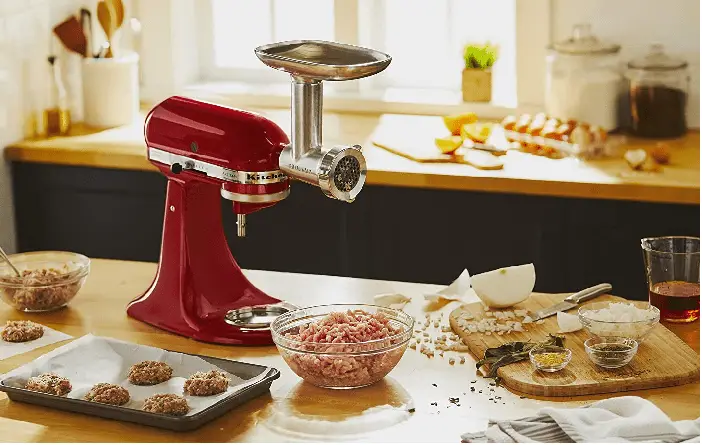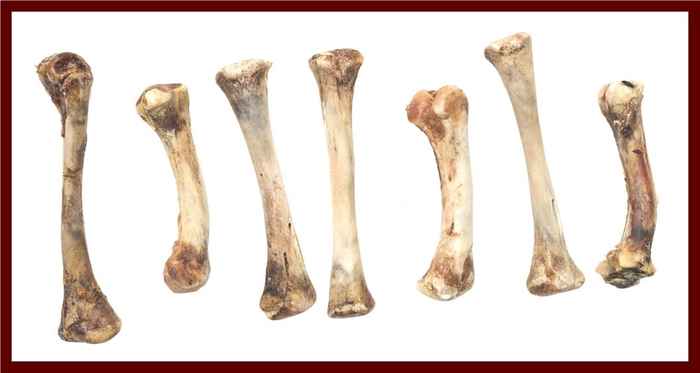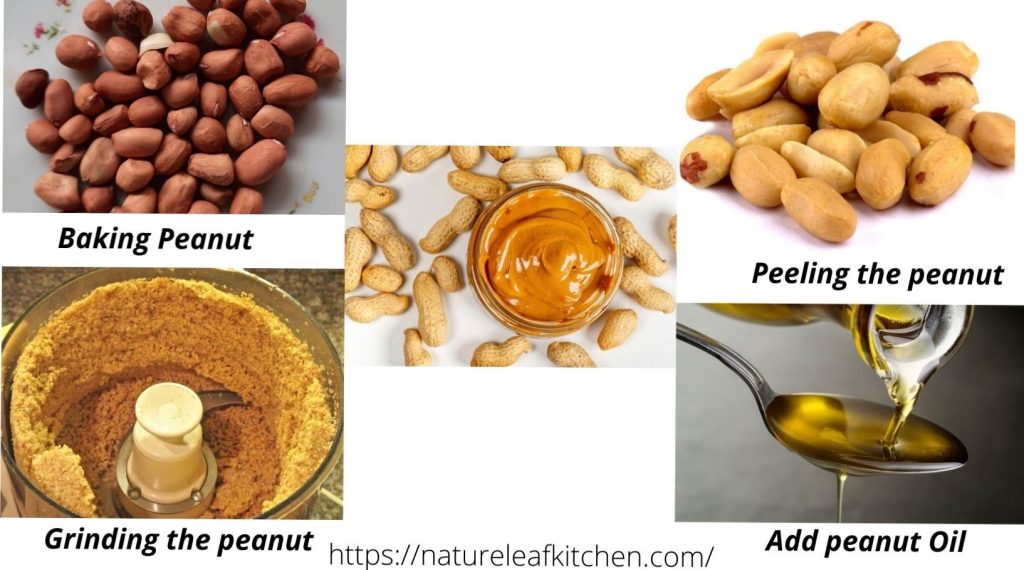A 1000 to 3000-grit grinding wheel is ideal for knife sharpening. Choose finer grits for refining the edge.
Perfecting the art of knife sharpening is essential for chefs, hobbyists, and outdoors enthusiasts alike. As most seasoned knife users will attest, a well-maintained blade makes cutting tasks both safer and more efficient. A grinding wheel with grit between 1000 and 3000 strikes the balance between sharpening a dull edge and honing it to razor-sharpness.
This range caters to the majority of sharpening needs, from reviving everyday kitchen knives to optimizing specialty blades. It’s also crucial to select the right type of grit material that complements the hardness and durability of the knife steel, ensuring a precise and long-lasting edge. Remember, matching the grit to the task guarantees longevity for both your knives and your grinding wheel.

Credit: www.amazon.com
Choosing The Right Grit For Sharpening Knives
Every chef and outdoorsman understands the importance of maintaining a sharp knife. Selecting the correct grit grinding wheel is vital for effective knife sharpening. The ideal grit ensures a blade with perfect sharpness and longevity. This section breaks down the essentials in deciding on the best grit for your knife sharpening needs.
Variables That Affect Grit Selection
Different factors determine the most suitable grinding wheel grit.
- Knife use – kitchen, outdoor, or specialized knives.
- Material – the composition of the knife blade.
- Current sharpness – how dull the blade is right now.
- Desired sharpness – sharpness level needed for its use.
Understanding Grit Sizes And Their Impact On Blade Sharpness
The grit size of a grinding wheel greatly influences the edge it produces.
| Grit Size | Usage |
|---|---|
| Coarse (200-500) | For repairing chips or setting a new bevel angle on the blade. |
| Medium (600-800) | Best for basic sharpening and minor edge restoration. |
| Fine (1000-4000) | Creates a very sharp edge, perfect for kitchen knives. |
| Extra Fine (5000-12000) | For polishing and refining an already sharp edge. |
Specific grit choices depend on a knife’s current condition and the sharpness you aim to achieve. More coarse grits reshape and repair, while finer grits refine and polish. Matching the right grit to the task at hand is crucial for optimal sharpness.
Materials Matter: Types Of Grinding Wheels
Selecting the correct grinding wheel material is crucial for effective knife sharpening. Each material offers unique benefits and drawbacks. Understanding these options enables precise sharpening results. Let’s delve into the variety of materials available for grinding wheels.
Natural Stones Vs Synthetic Options
Knife enthusiasts often debate between natural and synthetic grinding stones. Each kind serves a specific sharpening need.
| Natural Stones | Synthetic Stones |
|---|---|
| Quarried from earth | Manufactured with precision |
| Unique textural variations | Consistent grit levels |
| Long-lasting with good care | Often more affordable |
| Limited in variety | Wide range of options |
Pros And Cons Of Common Grinding Wheel Materials
- Aluminum Oxide: Versatile and durable, perfect for steel knives
- Pros: Affordable, long-lasting, good for rough grinding
- Cons: May not provide the finest edge
- Silicon Carbide: Harder than aluminum oxide, for tougher jobs
- Pros: Works well on hard metals, precise
- Cons: Can wear down quickly
- Ceramic: Made for high-precision sharpening tasks
- Pros: Maintains temperature, sharpens finely
- Cons: More brittle, costly
- Diamond: The hardest material, offers quick sharpening
- Pros: Extremely durable, effective on very hard steels
- Cons: Expensive, may remove more material than necessary
Coarse Grit Wheels For Initial Sharpening Stages
Starting the sharpening process requires the right tools, and coarse grit grinding wheels are the cornerstone for reshaping and sharpening a dull knife. These wheels effectively remove material, setting the stage for finer grits to polish and refine the edge. Think of coarse grit as the foundation for a keen, sharp edge.
When and why to use a coarse grit wheel
When And Why To Use A Coarse Grit Wheel
It’s crucial to use a coarse grit wheel when starting with a very dull or damaged blade. The coarse abrasives carve out nicks and smooth out imperfections quickly. Experienced sharpeners reach for them when they need to:
- Reprofile edges to a different angle.
- Restore edge geometry on heavily used knives.
- Prepare the edge for honing with finer abrasives.
Techniques for effective use of coarse grit
Techniques For Effective Use Of Coarse Grit
To use a coarse grit wheel effectively, follow these techniques:
- Ensure steady pressure for an even grind.
- Maintain a consistent angle throughout.
- Stop often to check the progress.
Remember to cool the knife in water frequently. This prevents overheating that can damage the blade. Alternate sides to balance the grind. Pay attention to achieve a burr, indicating the edge is ready for the next stage of sharpening.

Credit: www.amazon.com
Refining Edges With Medium And Fine Grits
Refining the edges of a knife is a crucial step in sharpening. After shaping the edge with coarse grits, medium and fine grits refine it. They remove the scratches left by coarse stones. This results in a sharp, polished blade. This section explains how to do this effectively.
Transitioning From Coarse To Smooth
As the sharpening process progresses, switching from coarse to smoother grits is needed. Begin with a medium grit, around 1000 to 3000. This removes the rough edges carved out by coarser stones. It prepares the knife for final honing. Perfect transition ensures a consistent edge.
- Start with 1000 grit to erase deep scratches.
- Follow up with 2000 or 3000 for refinement.
- Clean the knife blade before switching stones to avoid cross-contamination of grits.
Achieving Precision With Fine Grit Wheels
Fine grit wheels, often ranging from 4000 to 8000, bring precision to knife sharpening. They make the edge razor-sharp and highly polished. They also reduce the drag when cutting. The patience and care put into this stage can be sensed in the knife’s performance. The table below lists fine grits and their corresponding finishes.
| Grit Range | Finish Quality |
|---|---|
| 4000 – 6000 | Fine edge ideal for most kitchen knives |
| 7000 – 8000 | Extrafine for a razor-sharp finish |
Maintenance And Care For Long-lasting Sharpness
Keeping your knives razor-sharp requires not only a proper sharpening technique but also a commitment to maintaining your grinding wheels. With the correct care, your grinding wheels can last longer and provide consistent, superior performance. Preserving your tools is key to ensuring the longevity and effectiveness of your sharpening routine.
Preserving Your Grinding Wheels
To extend the life of your grinding wheels, safe storage is crucial. Always store them in a cool, dry place away from direct sunlight.
Remember to clean your wheels after each use. Brush off any metal filings and dust with a soft brush. Occasionally, applying a specialized cleaning stick will remove any stubborn grime.
Here’s a quick checklist for grinding wheel care:
- Store in a moisture-free environment
- Clean after each use with a brush
- Refresh the wheel’s surface with a cleaner stick
- Check for wear and tear regularly
- Replace when necessary to avoid compromised sharpening
Routine Care For Consistently Sharp Knives
A sharp knife is not only easier to use but is also safer. Regular sharpening avoids the pitfalls of a dull blade.
Set a schedule for routine sharpening. Keep an eye on your knife’s performance; a struggling knife usually needs attention.
Follow these steps for routine knife care:
- Clean your knife before and after sharpening
- Inspect the blade for uneven wear
- Use the correct grit grinding wheel for your knife
- Employ a consistent angle for even sharpening
- Finish with a honing rod for ultimate sharpness
Tips: Always sharpen in a well-lit area. Handle the sharpening tools with care to preserve their integrity.

Credit: www.ebay.com
Advanced Tips For Professional Sharpening Results
For knife enthusiasts and culinary professionals, a perfectly sharp blade is non-negotiable. Knowing the right grit for your grinding wheel is the first step. Yet, optimum sharpness requires more than just grinding. Let’s explore techniques that bring a blade from simply sharp to professionally refined.
Using Honing Rods For Ultimate Sharpness
Honing rods realign your knife’s edge, keeping it razor-sharp after grinding. Here’s how to use them:
- Choose a rod with a grit suitable for your knife.
- Hold the rod vertically and slide the knife downwards, alternating sides.
- Apply light pressure for gentle yet effective honing.
- Repeat this process regularly to maintain sharpness.
Steel rods are common, but for finer edges, ceramic or diamond rods are top-tier.
Tricks Of The Trade For Maintaining The Perfect Edge
| Trick | Description | Benefit |
|---|---|---|
| Maintain Angle Consistency | Hold the knife at the same angle during each pass. | Uniform edge along the entire blade. |
| Use Lower Grits Sparingly | Start with coarse grits only when necessary. | Preserves the blade, reducing wear. |
| Finish with Higher Grits | Progress to finer grits for a polished edge. | Achieves a razor-like sharpness. |
Clean your knife after sharpening to remove any metal filings. Store it in a way that prevents edge damage. Regular care keeps knives in peak condition.
Frequently Asked Questions Of What Grit Grinding Wheel For Knife Sharpening
What Is The Best Grit Wheel To Sharpen A Knife?
The best grit wheel for sharpening a knife is generally a medium grit, around 1000 to 3000. For finer sharpening, opt for a higher grit above 3000.
What Grit To Use For Knife Sharpening?
Begin sharpening knives with a coarse grit around 240 to 400. Progress to medium grit between 1000 to 3000 for refining edges. Finish with a fine grit of 4000 to 8000 for polishing. Use the appropriate grit for your knife’s condition and desired sharpness.
Is 3000 Grit Enough To Sharpen A Knife?
A 3000 grit stone is sufficient for honing a knife’s edge, but for duller blades, start with a coarser grit before finishing with 3000.
What Grit Is Best For Blade Sharpening?
The best grit for blade sharpening ranges from 1,000 to 3,000 for maintenance and 400 to 800 for repairing dull edges.
Conclusion
Choosing the right grit for your grinding wheel is essential for proper knife sharpening. A coarse grit removes metal swiftly for dull blades, while a fine grit polishes and refines the edge. Strike the perfect balance to keep your knives sharp and efficient.
Remember, the right wheel elevates your sharpening from good to great. Happy honing!




